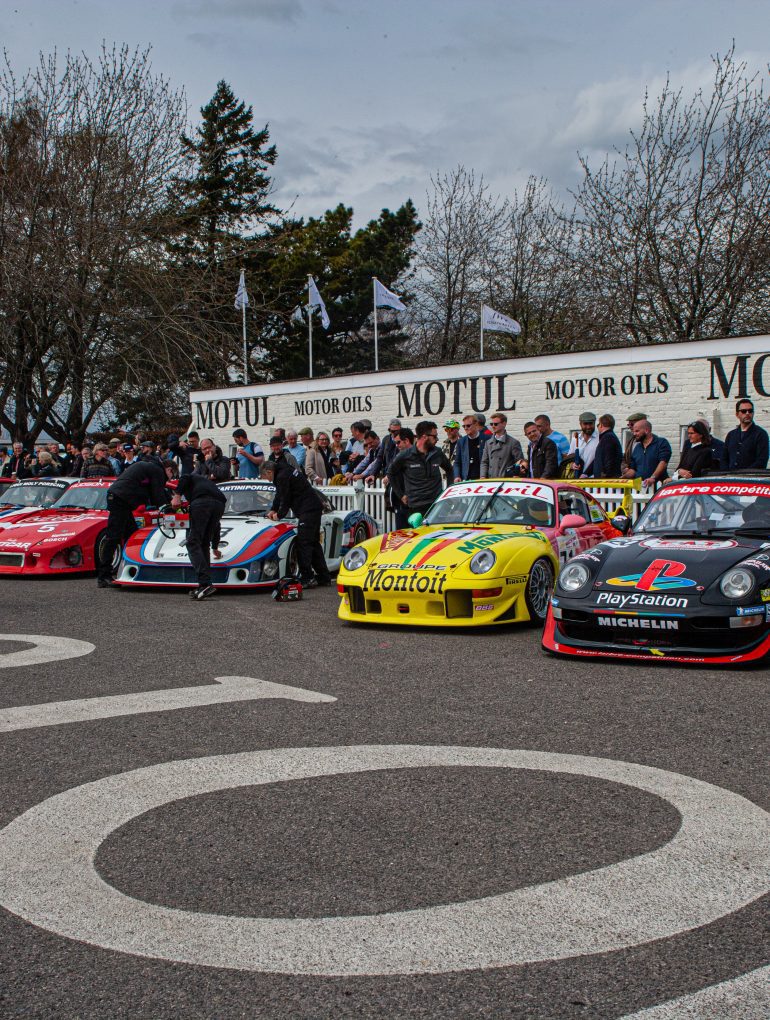Photos by: Virtual Motorpix / Glen Smale
The Porsche 911 is arguably the most recognisable sports car shape in the world today. It was back in September 1963 at the Frankfurt Motor Show IAA where the new Type 901 was launched, replacing the by then aging 356 model. But, the 901’s start in life was almost torpedoed by Peugeot who objected to the use of a three-digit model name with a ‘0’ in the middle, they claimed it was the model reference to their family of cars. Although some 83 cars had already been produced using the ‘901’ model name, this was no problem for Ferry Porsche, as he just replaced the offending ‘0’ with a ‘1’ and it became the 911.
Although Porsche’s official line is that the 911 was never intended to be a full-blooded racer, if truth be told, which of Porsche’s many models has not been raced over the years? The 911 first entered the world of competition in the hands of Herbert Linge, Porsche’s official test driver, and Peter Falk, the head of the company’s motorsport department. The pair finished fifth overall in the 1965 Monte Carlo rally on the car’s debut, and that without sustaining any body damage or experiencing any mechanical woes. The result could have been even better with the right tyres, but the last set of snow tyres was given to the factory’s 904 which finished in second place.
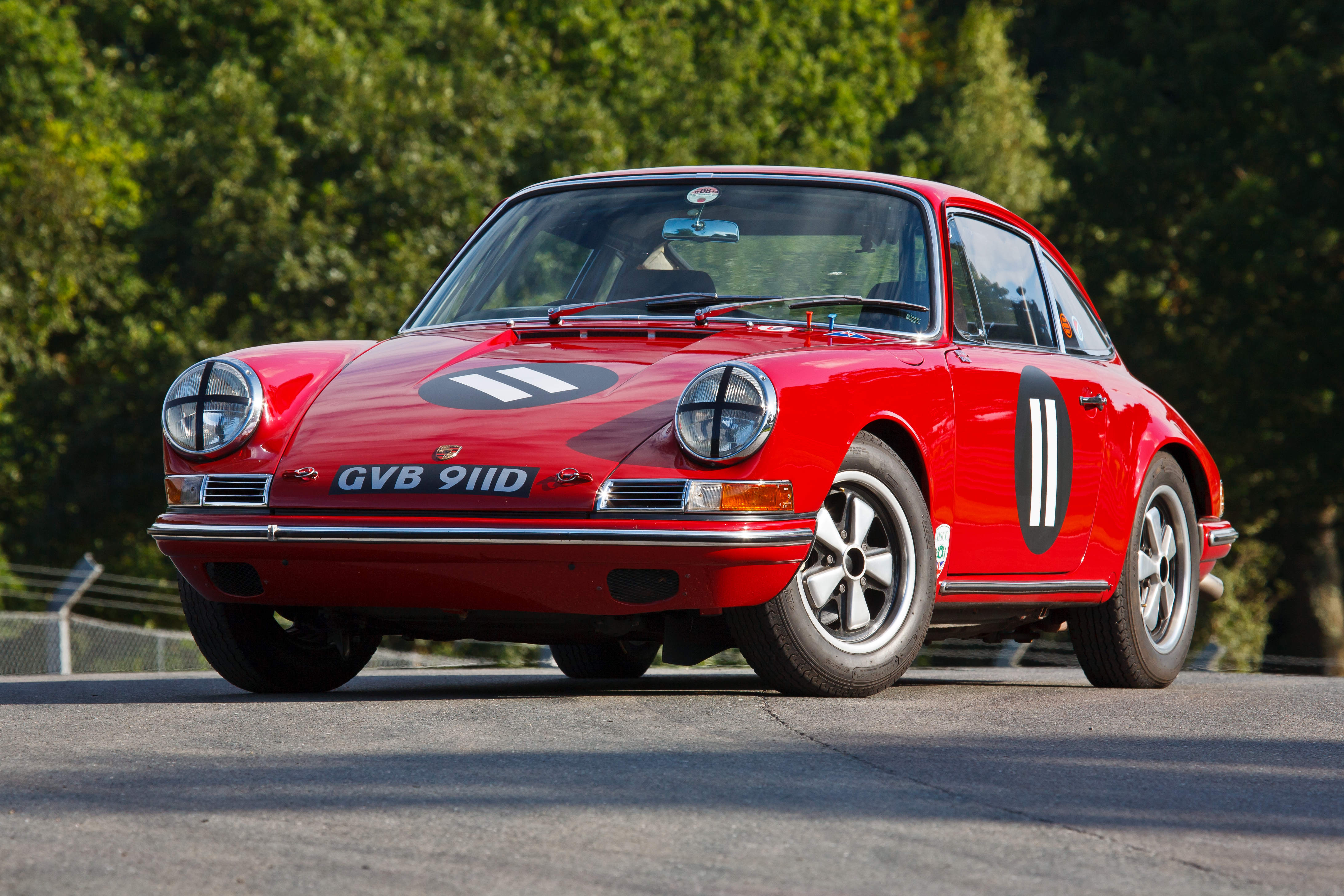
Vic Elford then drove a showroom demo 911 to victory in the inaugural rally-cross event at Lydden Hill in Kent, England, in 1967 and this was when the 911’s competition life really began as the realisation dawned in Stuttgart that perhaps they had a potential winner on their hands. Things started to happen, and the 911 began to be taken seriously, but it would be several years before Porsche would commit to producing a dedicated 911 racer as the manufacturer had its hands full trying to win the World Championship of Makes with its family of prototypes. The 1960s witnessed the greatest growth in Porsche’s racing achievements to date as the prototypes which began with the 906, ended with victory for the mighty 917 at Le Mans just five years later.
When attention was eventually turned towards developing the 911 into a race car, it would come through the homologation of the most iconic of 911s, the 1973 Carrera RS 2.7. Powered by a 2.7-litre engine, the Carrera RS was aimed at those customers who sought to compete with their cars, but the full-blown race version that followed, the Carrera RSR, was powered by a 2.8-litre engine. Before long, this had grown to 3.0-litres and the 911’s competition success curve was pointed very firmly upwards.
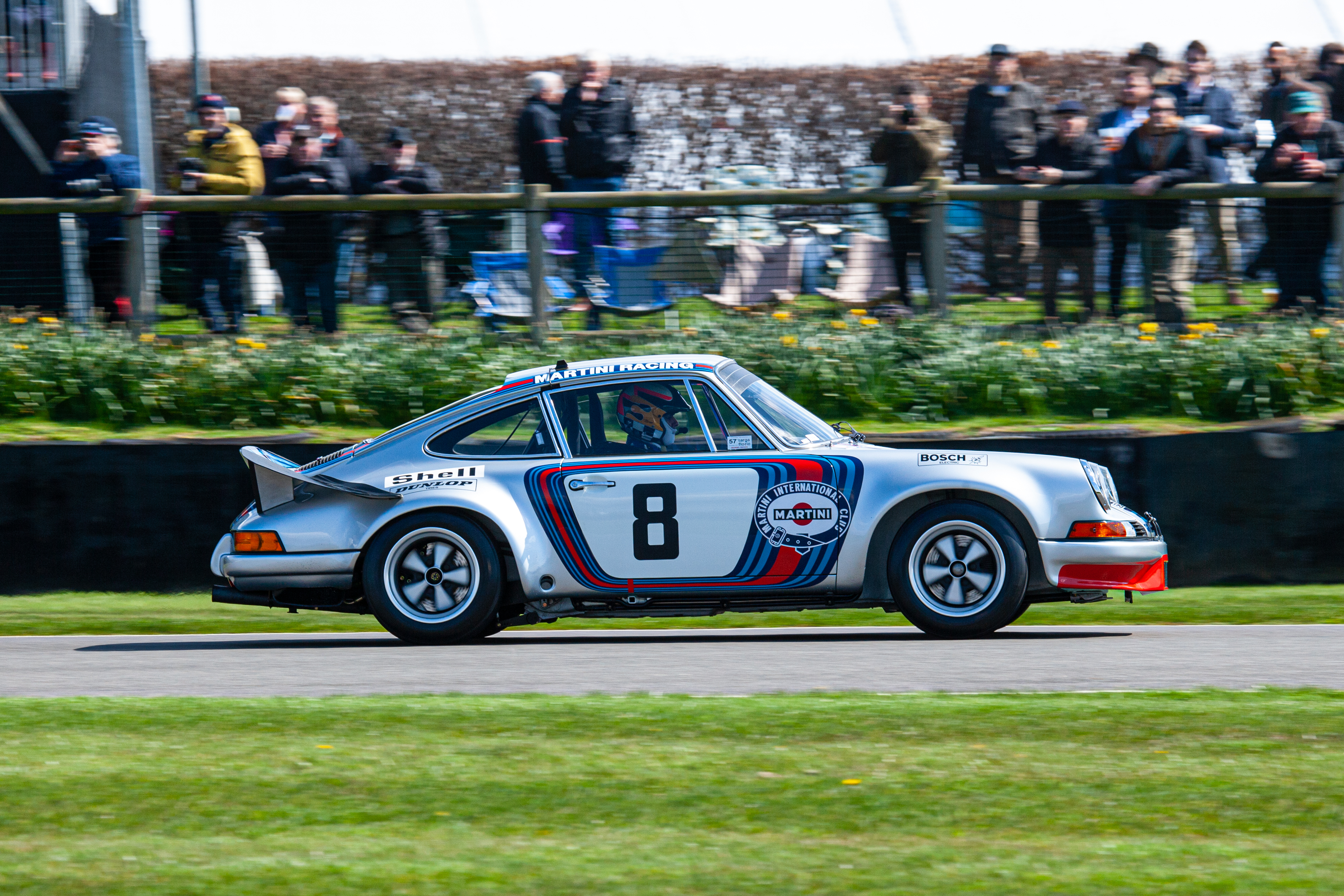
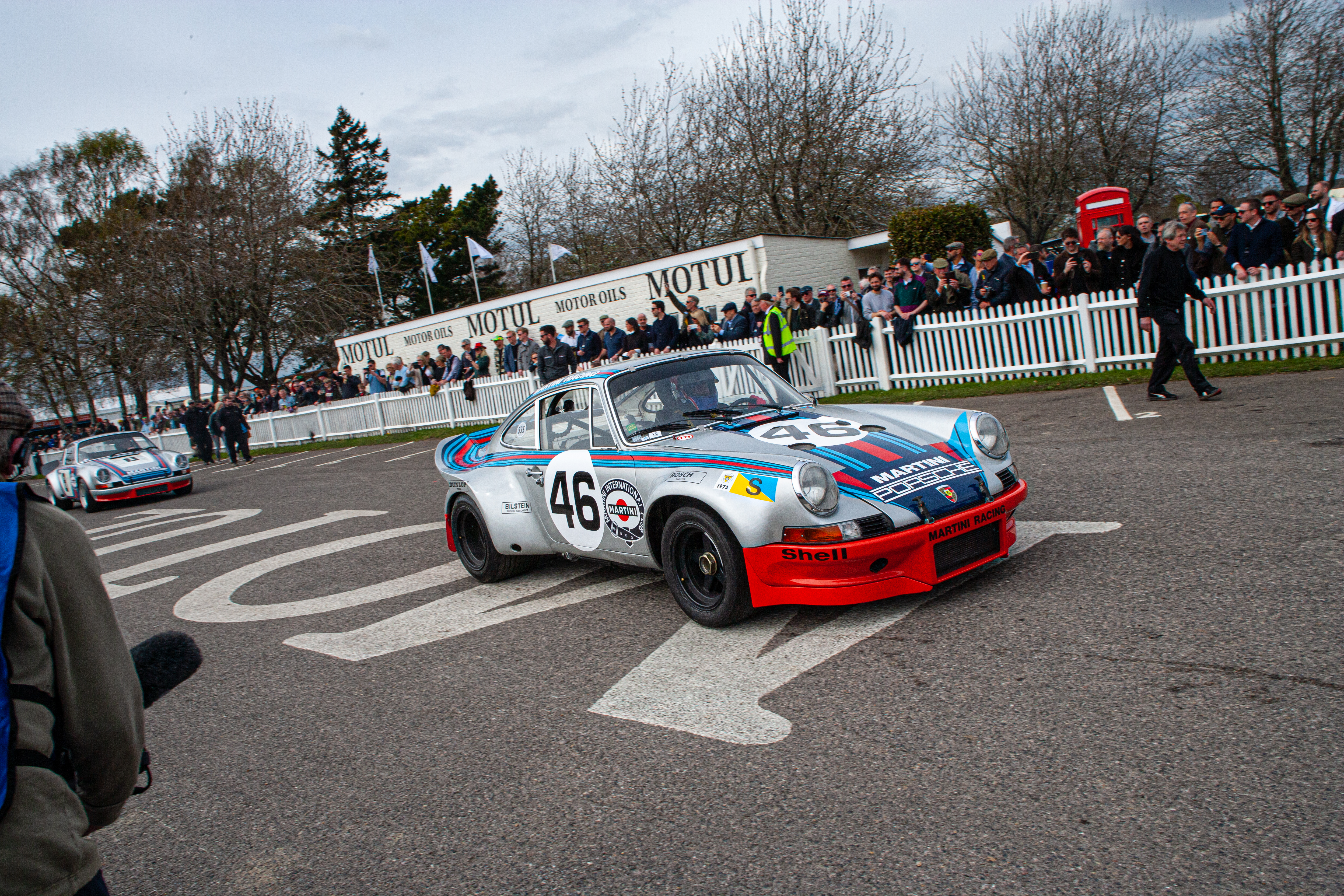
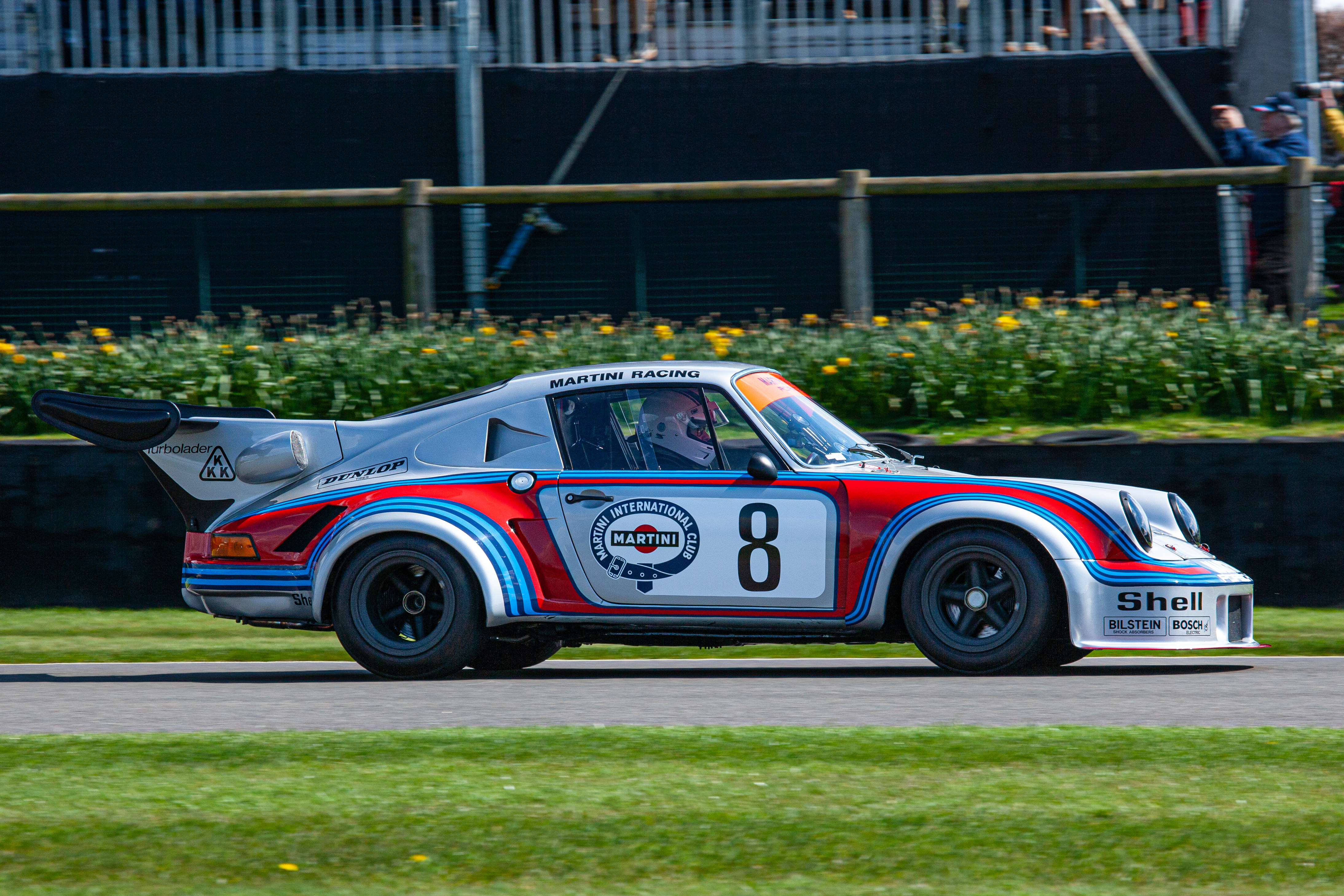
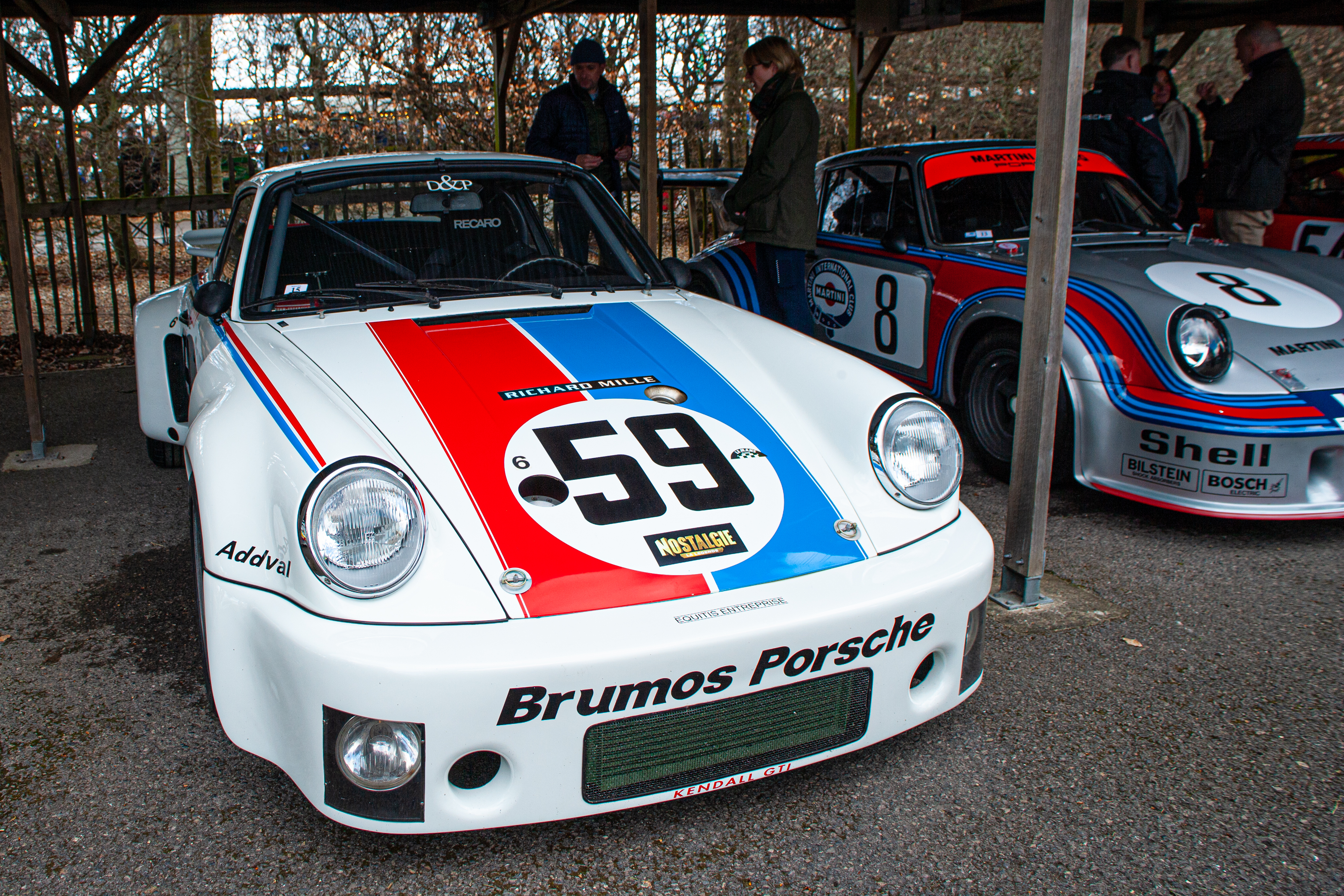
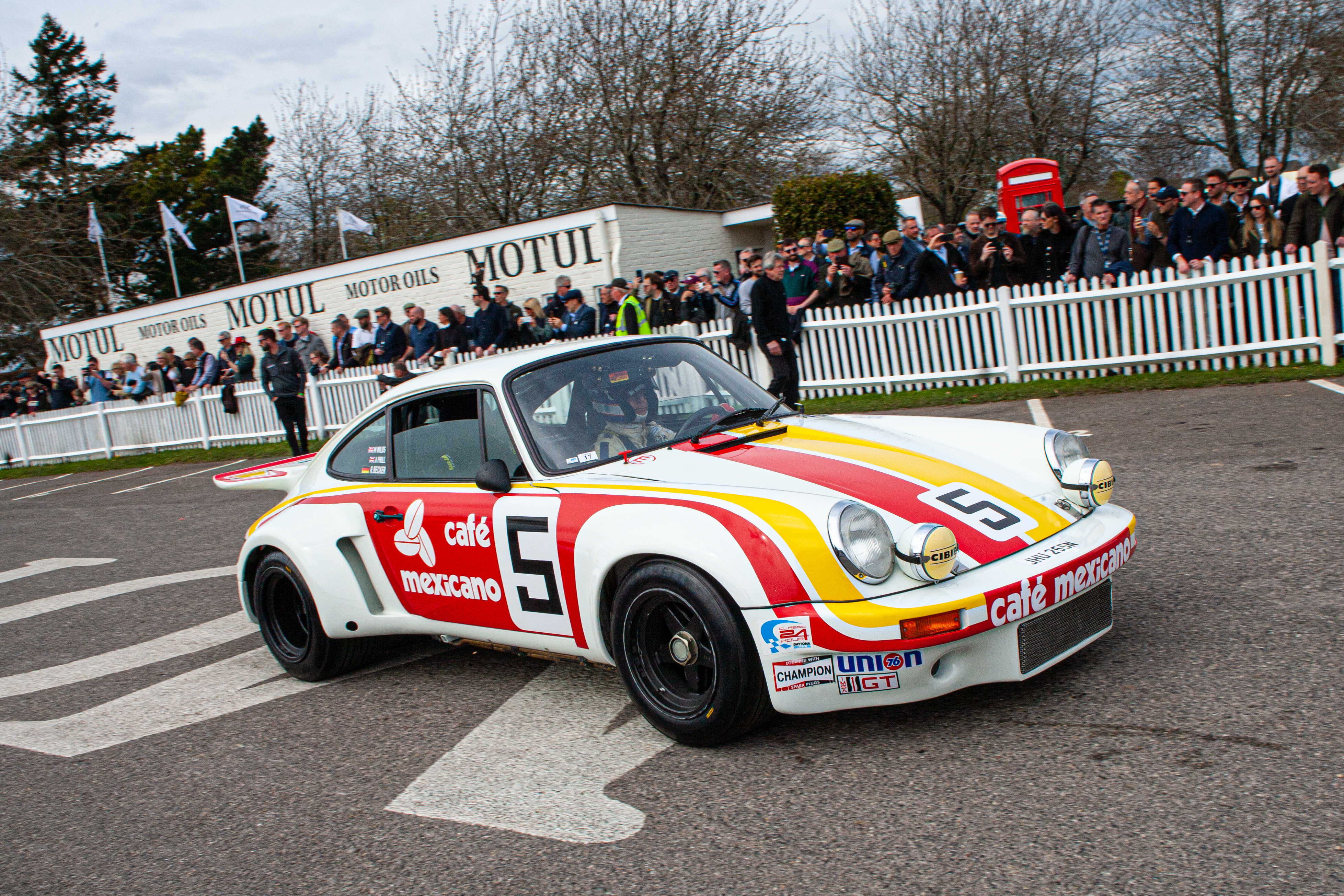
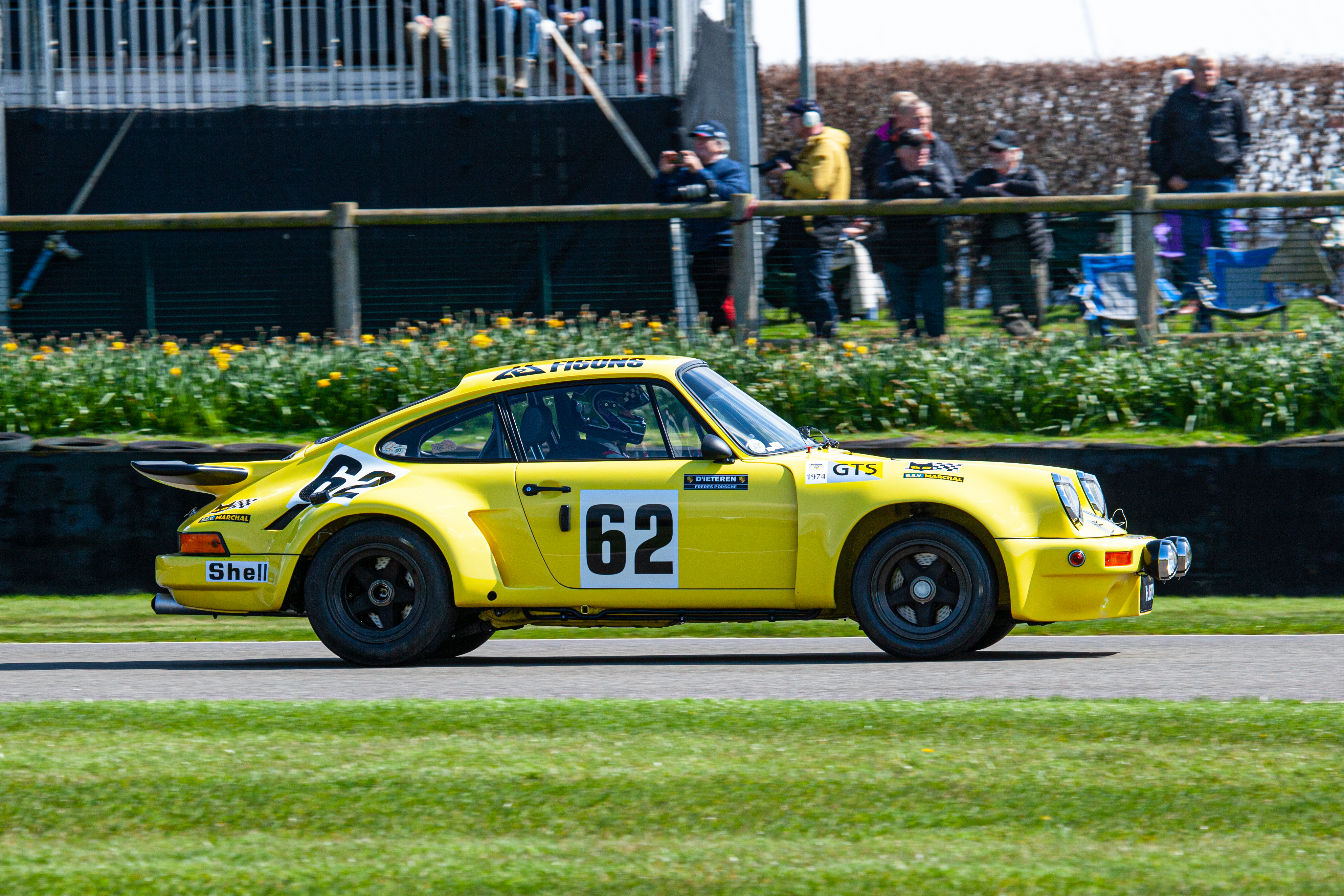
If the 1960s belonged to the prototypes, the 1970s belonged to the growth and development of the 911, as the Carrera RSR grew into the Carrera RSR Turbo, and successes followed in innumerable races around the world including the Targa Florio, which was won outright by Herbert Müller and Gijs van Lennep in ’73. The following year, Müller and van Lennep again rattled the establishment when they finished second overall in the Le Mans 24 Hours driving a 2.1-litre Carrera RSR Turbo. Applying a 1.4 factor to the 2.1-litre capacity brought the engine’s capacity up to the 3-litre limit for prototypes at that time.
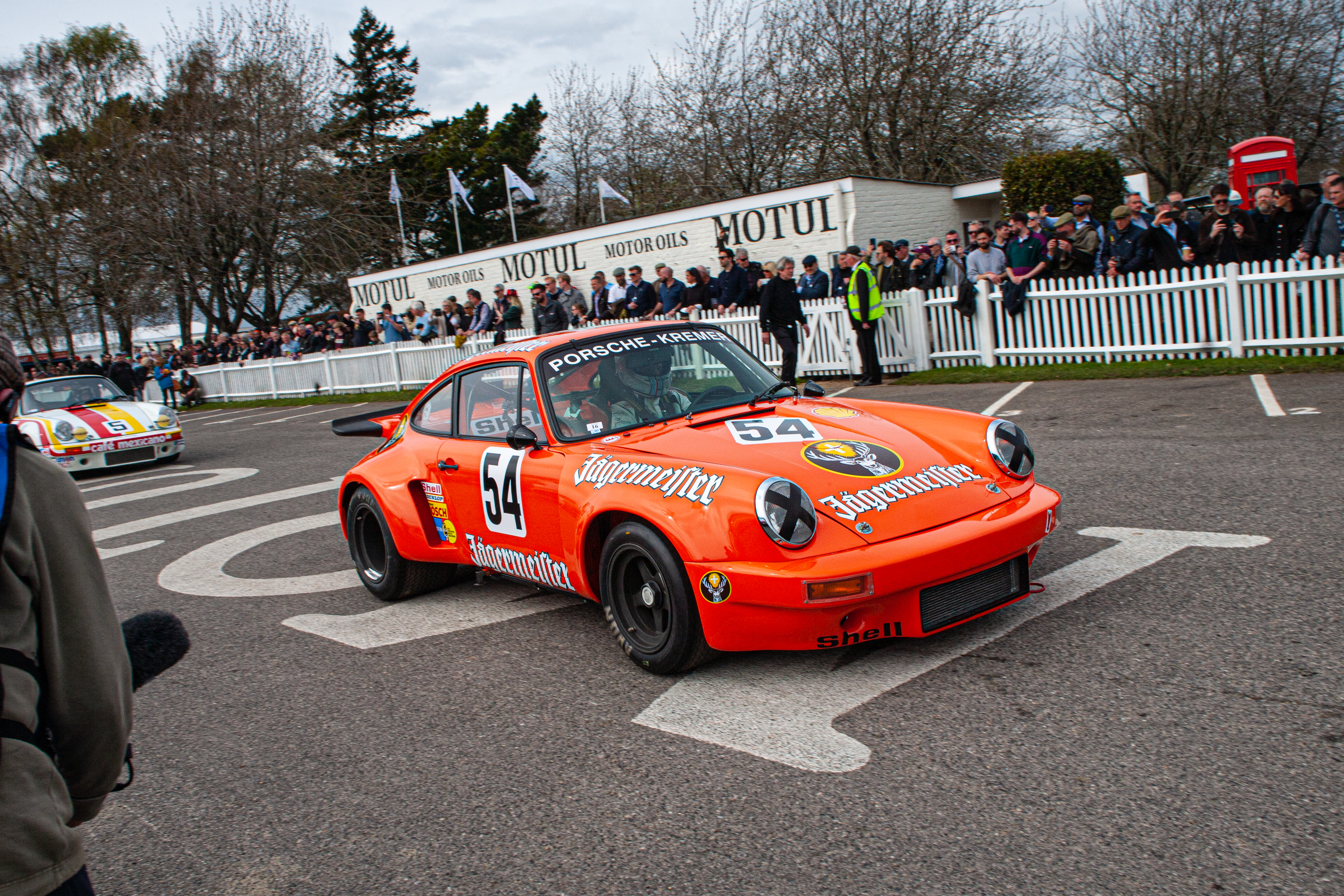
As the 1970s progressed, the Carrera RSR Turbo paved the way for the 934 and 935 models, which were aimed at the Group 4 and Group 5 classes. Porsche became the leaders in the field of turbocharging and this technology was soon handed down to its road cars. The 935 was introduced by the factory in 1976, and this model quickly became the most sought after race car for anyone who wanted to win races. In fact the 935 became so dominant that the two other manufacturers present in Group 5, namely Ford and BMW, decided to abandon the 3-litre class and to enter the under 2-litre class. Ford and BMW were soon dominant in this smaller class, and they challenged Porsche, saying that the Stuttgart manufacturer could not compete against them as they did not have a 2-litre engine with which to compete against them. Porsche took up the challenge, creating the 935-2.0, a 1.4-litre powered boxer engined car, which in the hands of Jacky Ickx trounced the whole field at its second race, lapping everyone except for the cars in second and third place.
Customers flocked to buy the Porsche 935/77 and soon the circuits of the world were awash with the 935. Some customer teams installed their own upgrades, Kremer Racing being one of the most active in this field, and before long the 935 had been further upgraded, the 935 K3 being the most successful upgrade. Porsche had decided not to further develop the 935, but they did have one last fling by developing perhaps the most rebellious of outlaws, the 935/78 or ‘Moby Dick’ as the car is best known. Keeping within the rules, Norbert Singer pushed every boundary possible with the car, which saw widened fenders, a reshaped front nose section, and a long tail with high rear wing. The establishment was shocked, but it was all legal, and soon the concepts were being replicated by numerous teams and modifiers around the world.
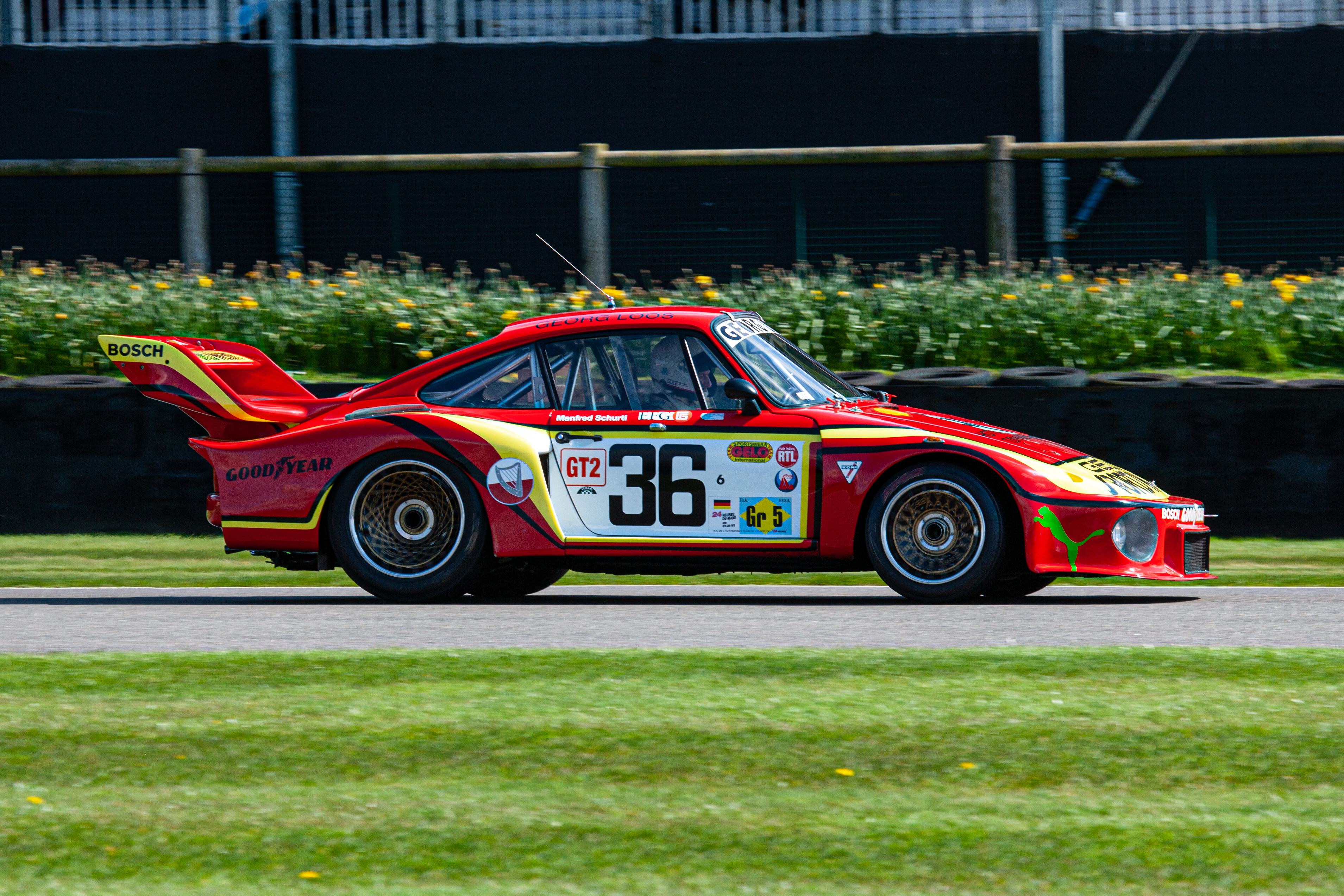
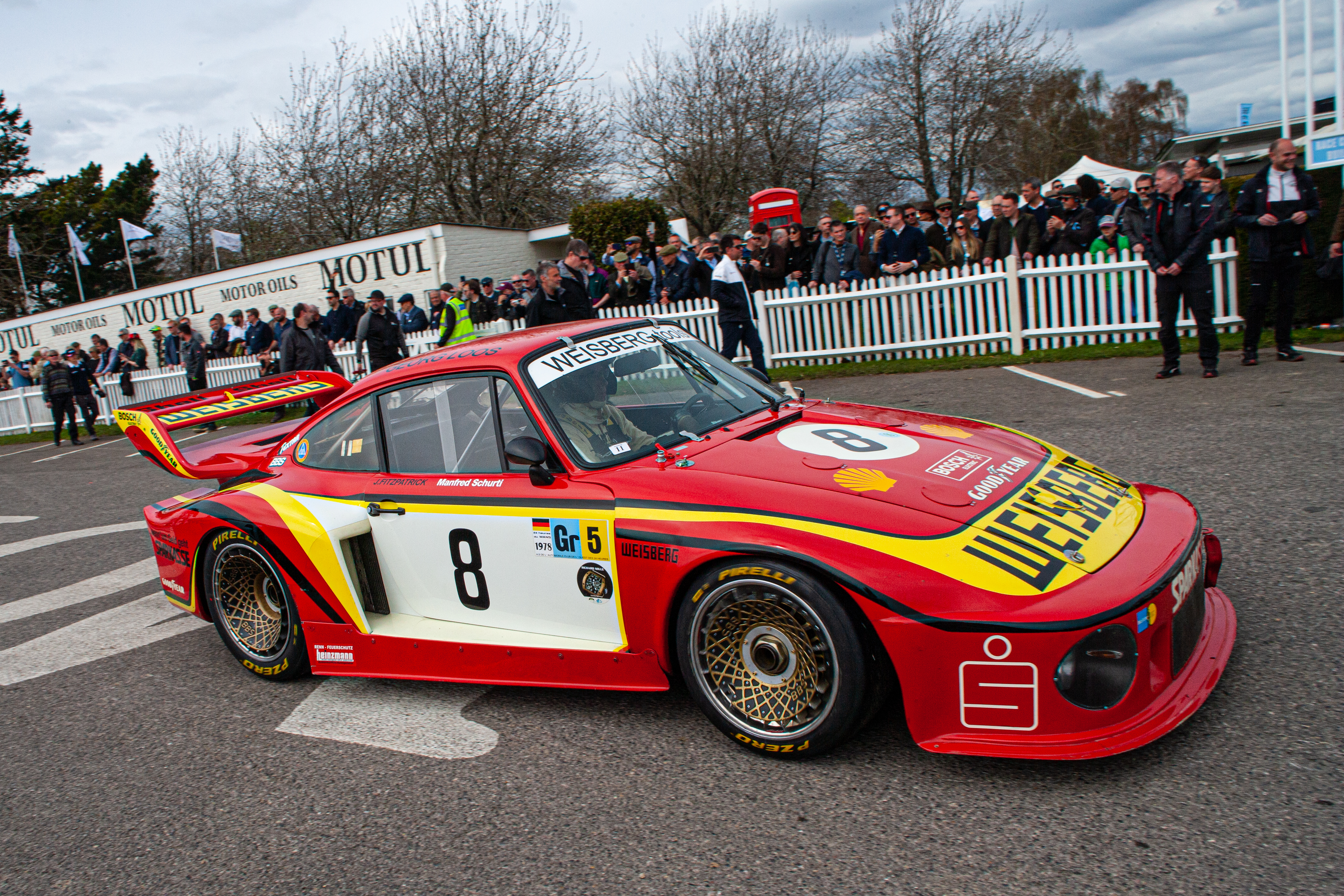
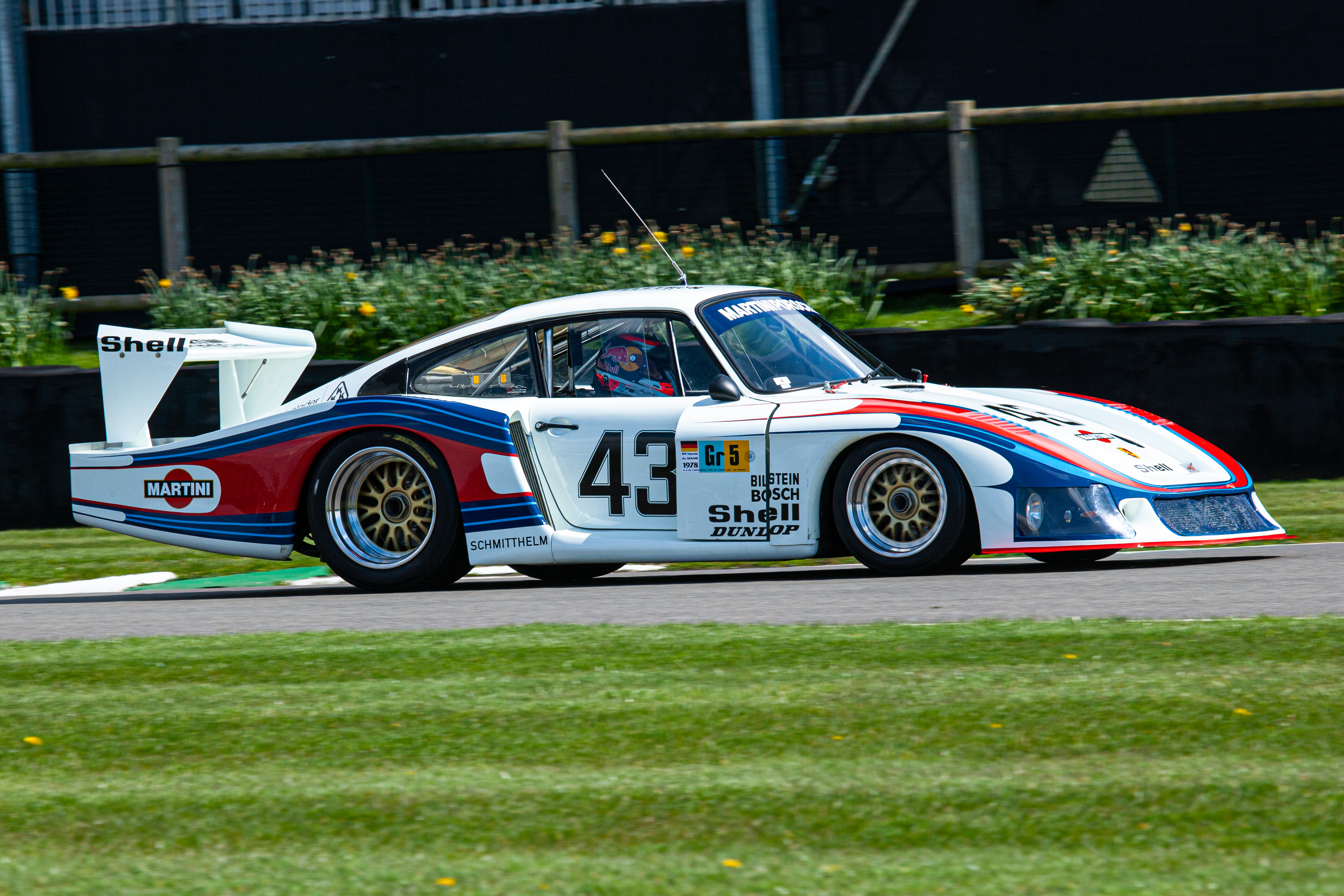
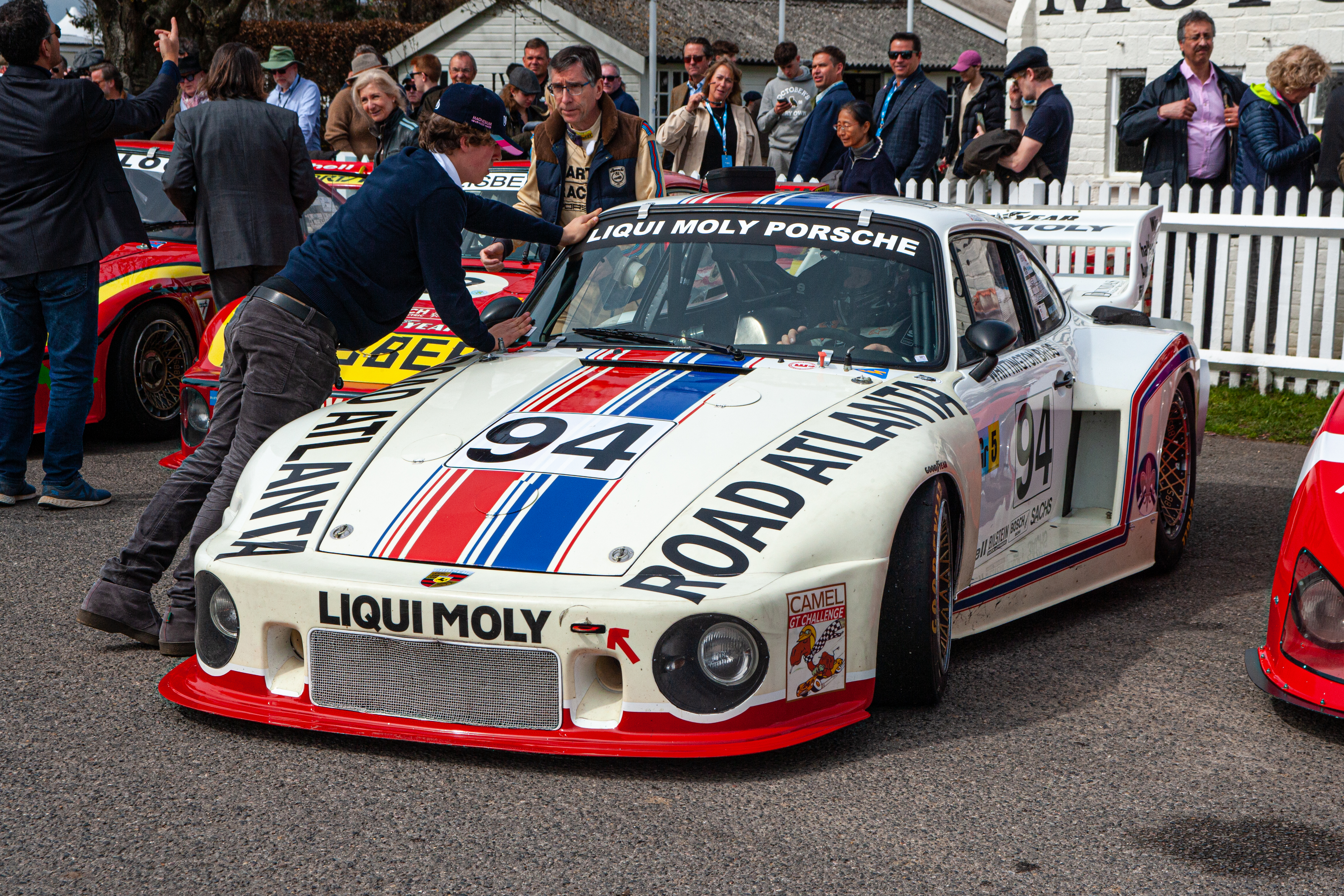
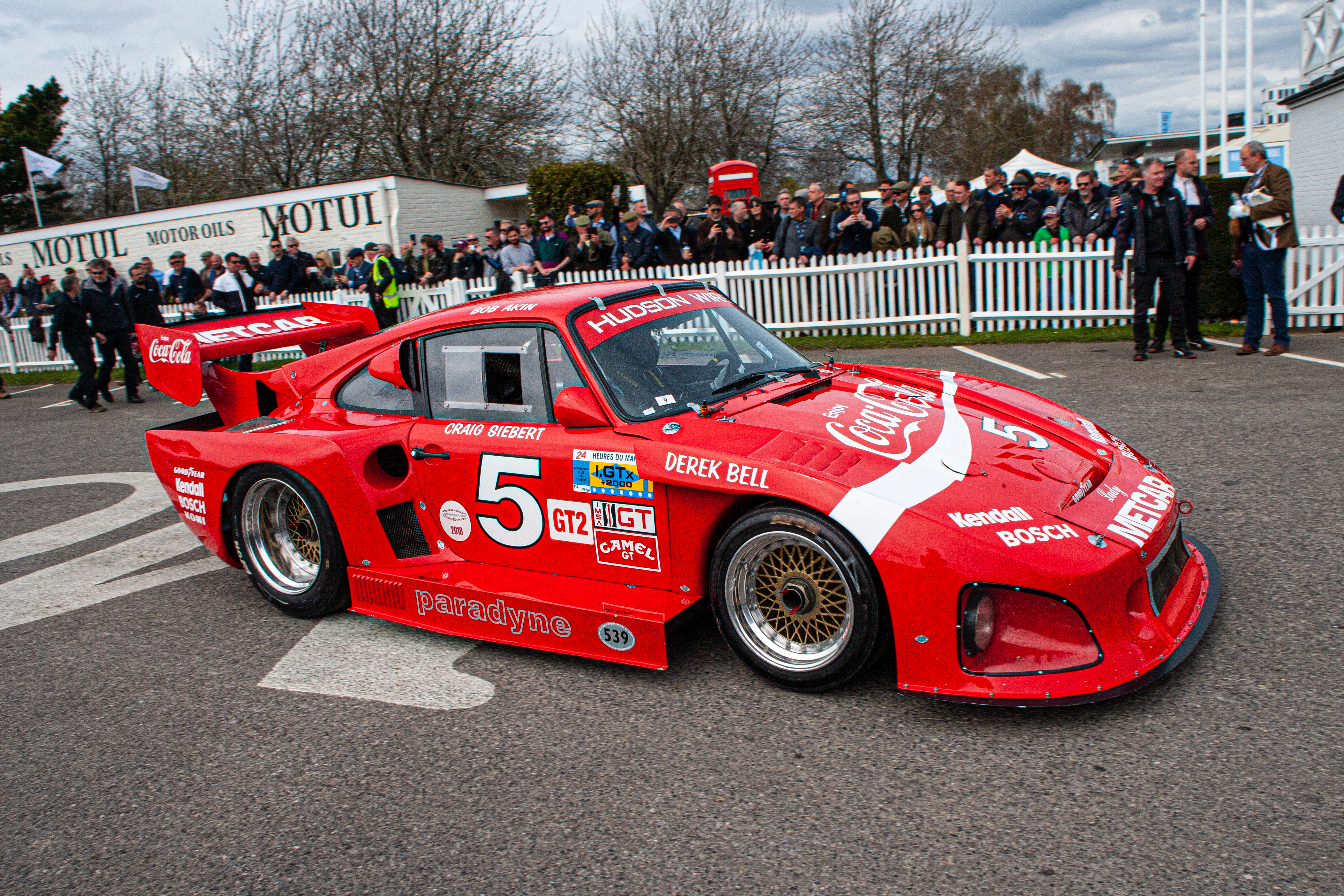
The 1980s was devoted to the development of the most successful prototype racer ever made, the 956 and 962 Group C models, which dominated the racing scene from 1982 to 1992. As the Group C years came to a close at the end of the 1992 season, attention turned back to the 911 and the 993 GT2 racer was born, dominating in the BPR series and beyond.
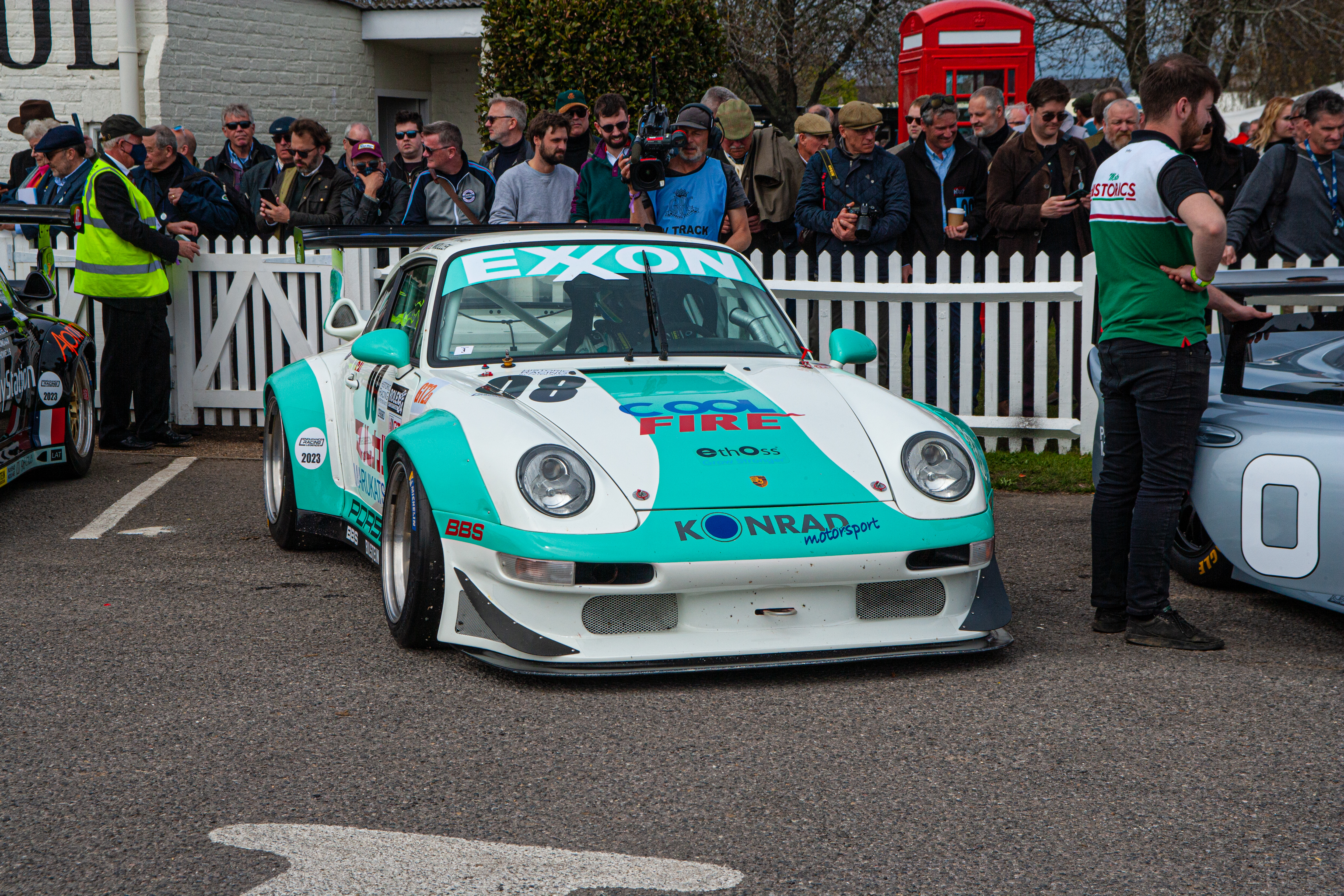
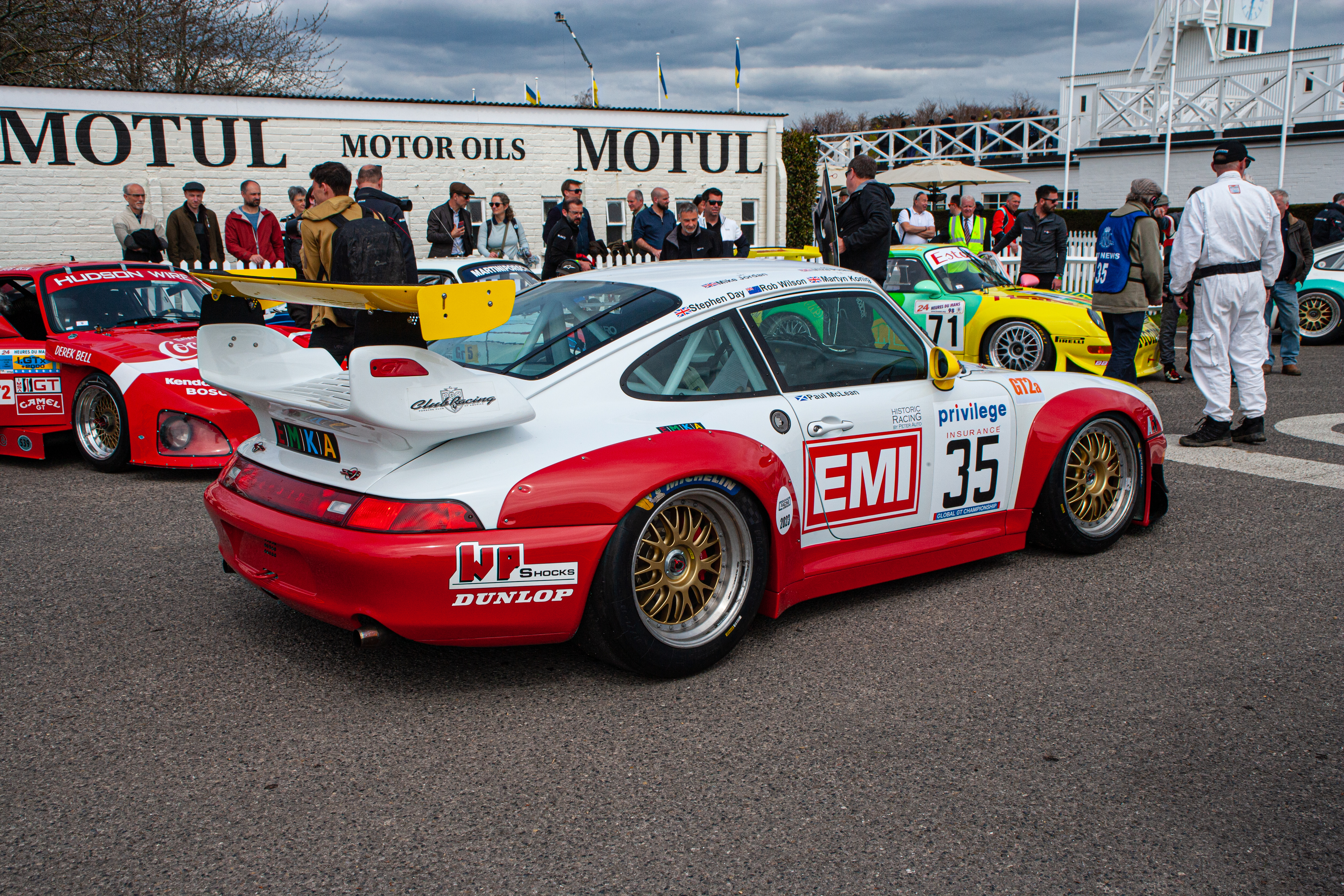
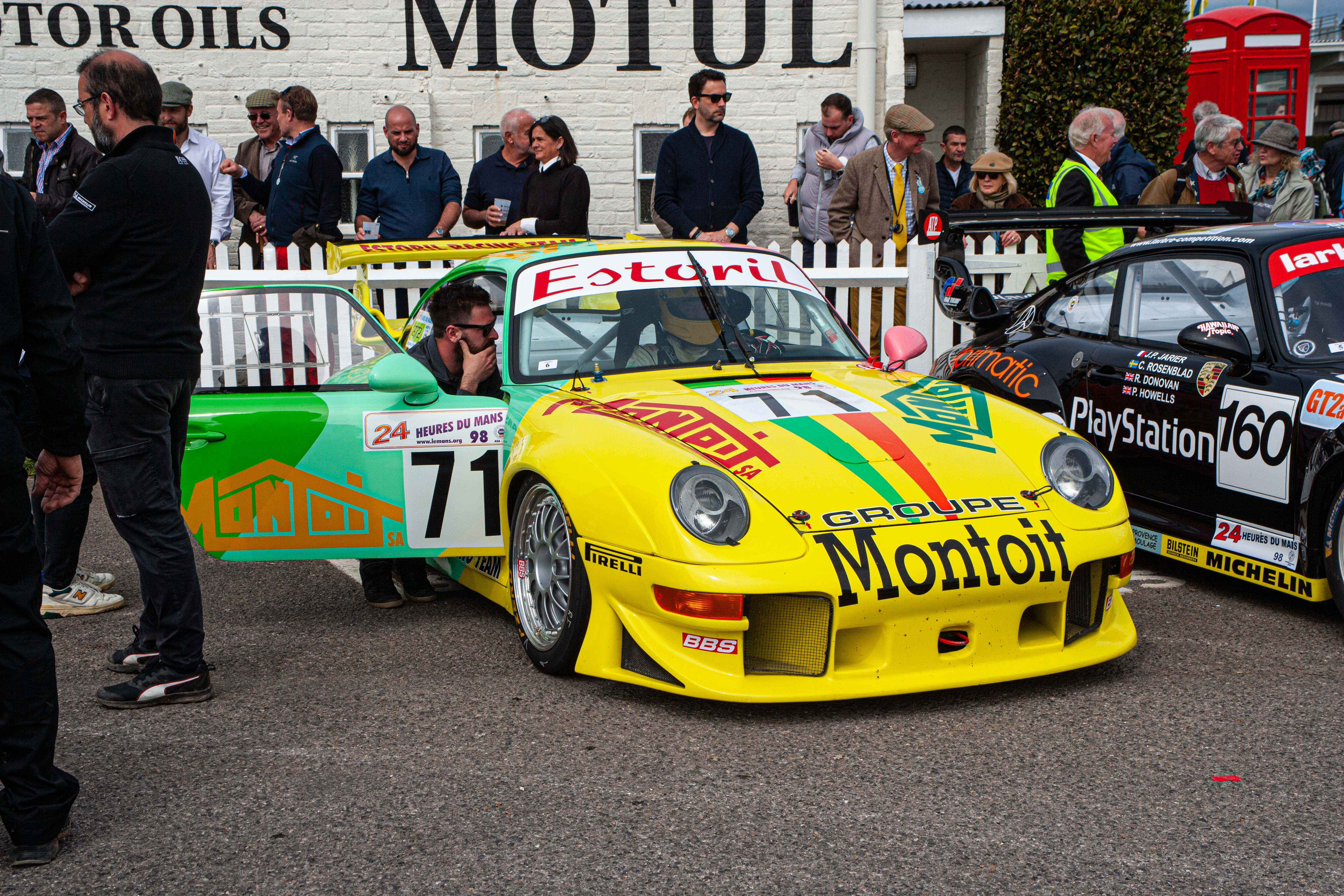
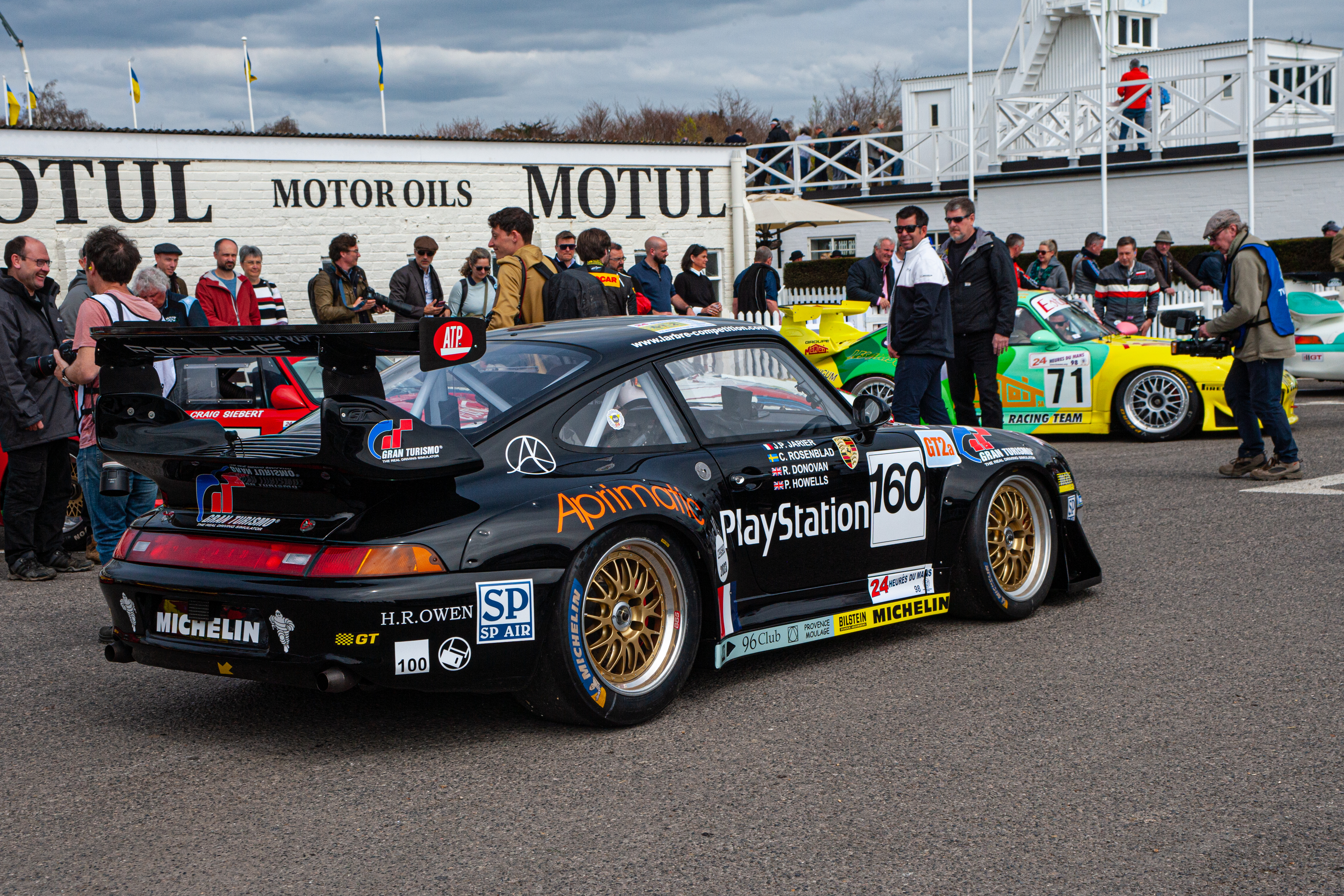
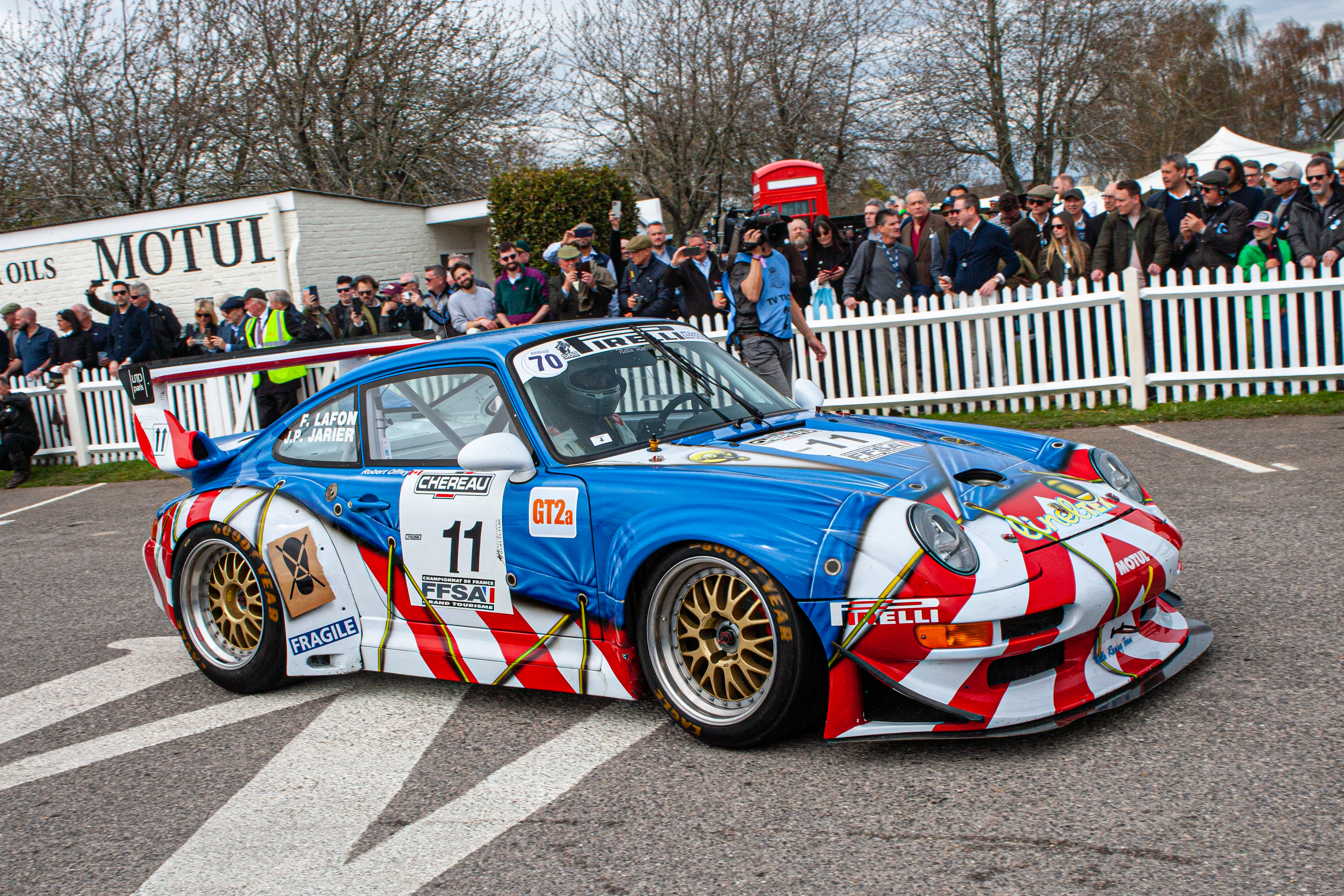
Porsche’s potential as a Le Mans winner looked bleak towards the mid ‘90s, and with the race department looking for work, eyes turned towards the new GT1 regulations. Designed to bear a strong family resemblance to the 911 road cars, the 1996 GT1 in fact used a 993 body shell but that is pretty much where the commonality ended. With the engine turned around to sit directly behind the driver, the GT1 became the first mid-engined 911.
At the 1996 Le Mans 24 Hours, the two factory GT1s immediately showed their potential coming home second and third overall, behind the winner, the TWR Porsche WSC-95! But winning the GT1 class and coming second overall is not what Porsche had in mind, and so work began immediately on the GT1 Evo, with reworked and more aerodynamic bodywork. At the 1997 Le Mans race, both cars unfortunately retired, the one as a result of a collision and the other as a result of a fire. Going home completely empty-handed was also not what Porsche had in mind.
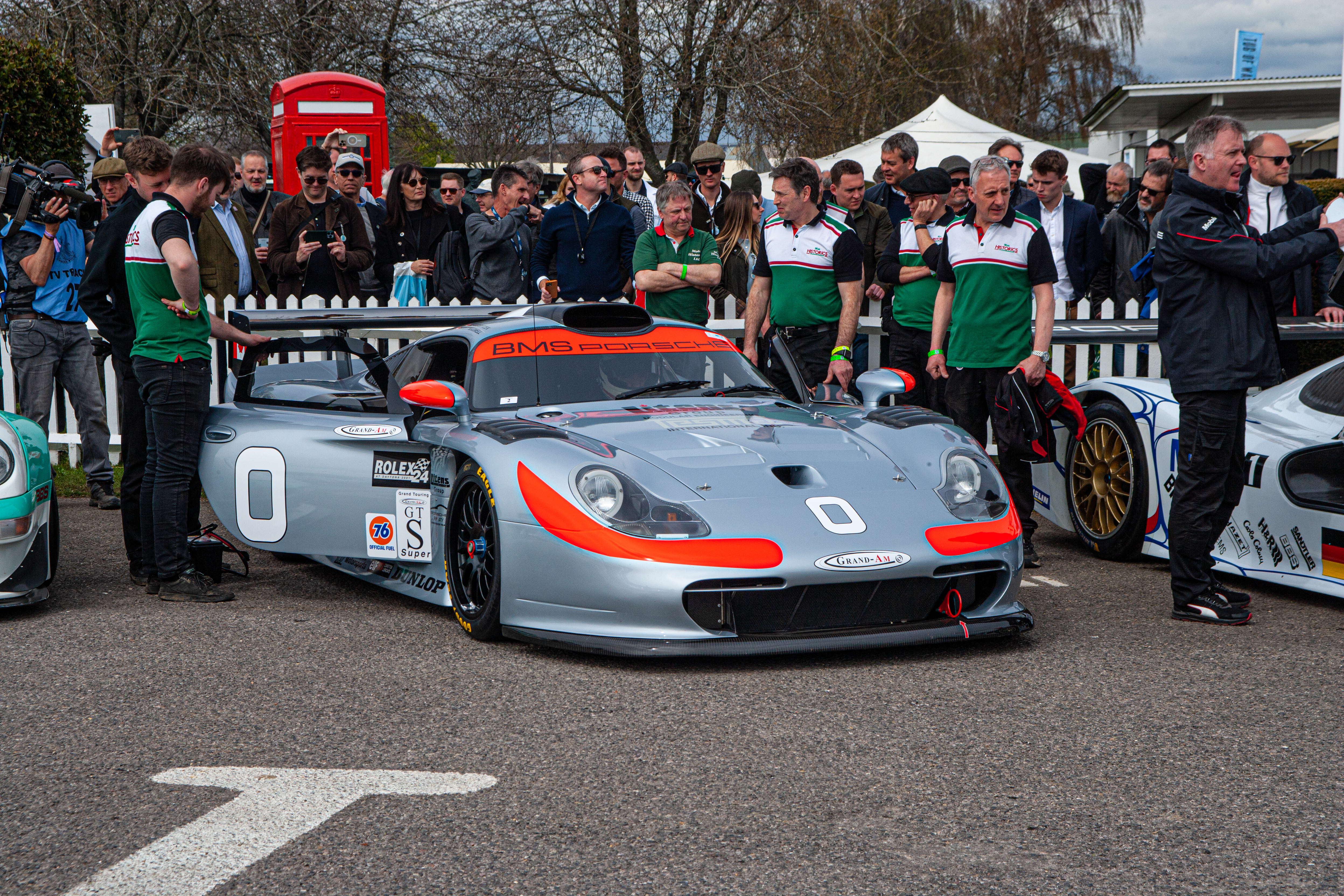
For the 1998 Le Mans 24 Hours, Norbert Singer and his team were under extreme pressure to deliver a winner, because there was no further motorsport development of this nature planned. In addition, 1998 was the 50th anniversary of the Porsche company, and they wanted to make a statement at Le Mans, and so even the drivers felt the increased pressure. The ’98 car was a completely different beast altogether, with very little carry over from the previous two GT1 models. The new ’98 car had a full carbon tub and bodywork, and looked very different from its predecessors. The new car took what had been learned in the previous two years and improved on that, but the build and development was on another level completely. The result, a first and second overall for the two factory cars! And how the champagne corks popped that night at Le Mans and in Stuttgart, as Porsche had achieved its goal and then some.
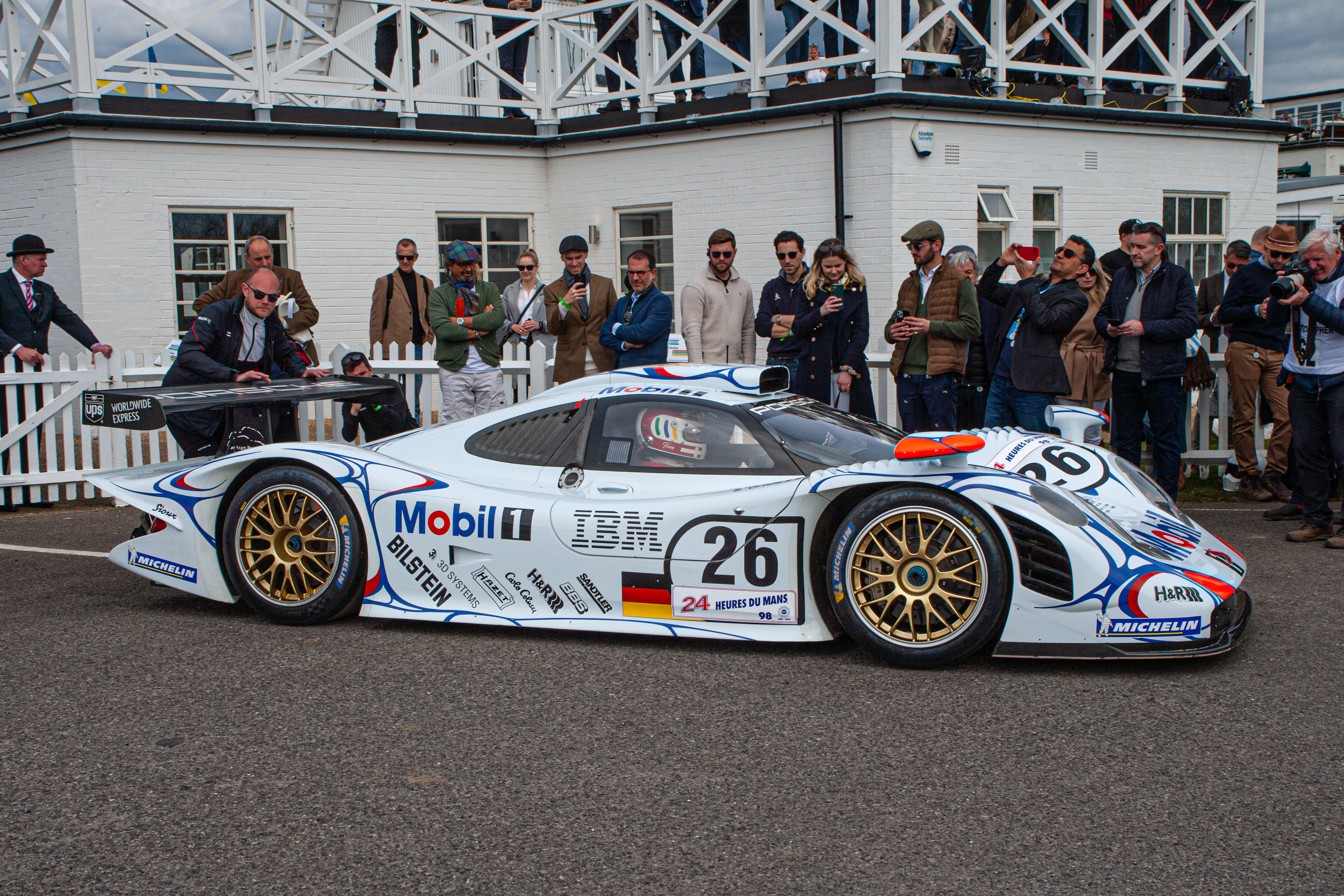
This year, 2023, commemorates the 60th anniversary since the launch of the remarkable 911 model, and there seems to be no let up in the 911’s progress into the future. Today, the 1998 No. 26 Le Mans winning car is demonstrated proudly around the world, and at the Goodwood Members’ Meeting on 15-16 April, it fittingly led a 19-car field, all with unquestionable provenance. Leading up to lunchtime on Saturday, and again on Sunday afternoon, a demonstration parade of 911s in its many racing guises entertained the spectators in recognition of this milestone anniversary celebrating that most recognisable of sports cars, the evergreen 911.


